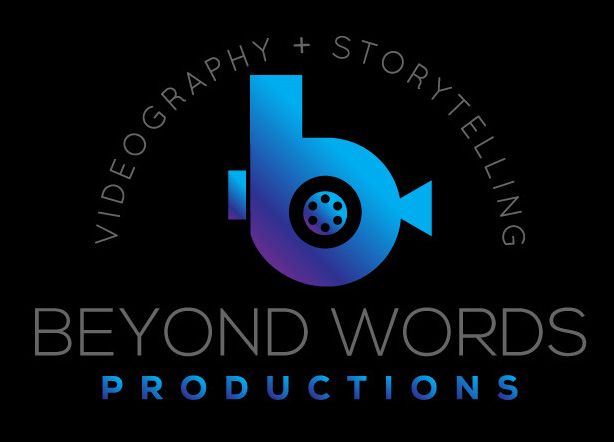Unveiling the Heart of Your Video: The Power of Finding Your Character
The journey of creating a compelling video shares a striking resemblance to writing a book or making a cinematic film. At its core, the secret ingredient that binds these things together is the presence of a well-defined character. But how do you tell a visual story with a character? How do you identify who that should be? What traits should they have? Just as novels revolve around protagonists and movies are built on central figures, videos should also focus on a character to draw viewers in, making them care, invest, and become emotionally immersed in the narrative.
The Heartbeat of Your Story
Imagine reading a book without a relatable main character or watching a movie devoid of a central figure to root for. The story would fall flat, lacking the emotional anchor that tugs at your heartstrings. Similarly, in videos, the character serves as the heartbeat of your story. Whether you're creating a promotional video for your business or sharing a personal tale, having a character allows your audience to connect with the narrative on a deeper level. People connect with people! Not products, services or other non-human things.
Creating an Emotional Connection
Characters serve as conduits for emotion, helping viewers forge a meaningful connection with your video. When a character encounters challenges, overcomes obstacles, or experiences triumphs, viewers can empathize and share in their emotional journey. It helps to know who your target audience is beforehand so the connection can easily be made with intention. This helps project a good narrative in your video. This connection engages the audience, making them more likely to invest their time and attention. Just like flipping pages in a book, they eagerly follow along, rooting for the character's success.
A Window into Relatability
The power of a well-developed character lies in their ability to mirror the human experience. When viewers see aspects of themselves, their struggles, or their dreams reflected in the character, it fosters a sense of relatability. It generates the thought, “ If they can overcome that, so can I",” oRThis, in turn, creates a sense of intimacy between the audience and the narrative. Whether your video is promoting a product, advocating for a cause, or sharing a personal story, a relatable character serves as a bridge that brings your message to life.
Sustaining Interest and Curiosity
Much like turning pages to unravel a book's plot, a character-driven video keeps viewers engaged and curious about what happens next. The character becomes a beacon of intrigue, guiding the audience through the twists and turns of the story. As viewers invest in the character's journey, they become emotionally invested in the video's outcome, ensuring they stay connected until the very end.
In Conclusion
In the grand tapestry of storytelling, whether on the pages of a novel, the silver screen, or the screen of a video, a central character is the luminous thread that weaves the narrative together. By embracing the essence of character-driven storytelling, you unlock the potential to create videos that resonate deeply, evoke empathy, and inspire action. Just as a memorable character transforms a good book into a literary masterpiece, a well-developed character can elevate your video from mere content to a captivating experience worth savoring.













